General description
Human IgGs consist of four subclasses (1-4) that can be recognized by antigenic differences in their heavy chains. They constitute approximately 65, 30, 5, and 4% of the total IgG, respectively. Each subclass has different biological and physiochemical properties.Monoclonal Anti-Human IgG1 specifically recognizes Human IgG1. The antibody shows no cross-reactivity with human IgG2, IgG3, or IgG4. This clone has been established as a useful human IgG1 specificity standard by the WHO/IUIS.
Monoclonal Anti-Human IgG1 (mouse IgG2a isotype) is derived from the 8c/6-39 hybridoma (also known as HP6019), produced by the fusion of mouse myeloma cells and splenocytes from a mouse immunized with the Fc fragment of a human IgG1 myeloma protein.
Immunogen
The Fc fragment of a human IgG1 myeloma protein
Application
The antibody is recommended to use in various immunological techniques, including ELISA.
Biochem/physiol Actions
The immunoglobin G (IgG) subclass may be preferentially produced in response to different antigens and pathological conditions. For instance, anti-polysaccharide responses are mainly of the IgG2 subclass while protein antigens give rise to IgG1 and IgG3 antibodies. Human IgG1 is the main antibody produced against tetanus toxoid antibodies. Elevation of IgG1 levels has been found in the cerebral spinal fluid of patients with multiple sclerosis.
Physical form
Supplied as lyophilized powder. After reconstitution with 0.1 mL of distilled water to a final antibody concentration of ∼ 2 mg/mL, the solution contains 1% BSA, 2.5% trehalose, 0.05% MIT in 0.01 M sodium phosphate buffered saline
Other Notes
This product is for R&D use only, not for drug, household, or other uses.
Shipping Information:
Dry Ice Surcharge & Ice Pack Shipments: $40
More Information: https://cenmed.com/shipping-returns
- UPC:
- 41181548
- Condition:
- New
- Availability:
- 3-5 Days
- Weight:
- 1.00 Ounces
- HazmatClass:
- No
- MPN:
- SAB4200768-1VL
- Temperature Control Device:
- Yes












